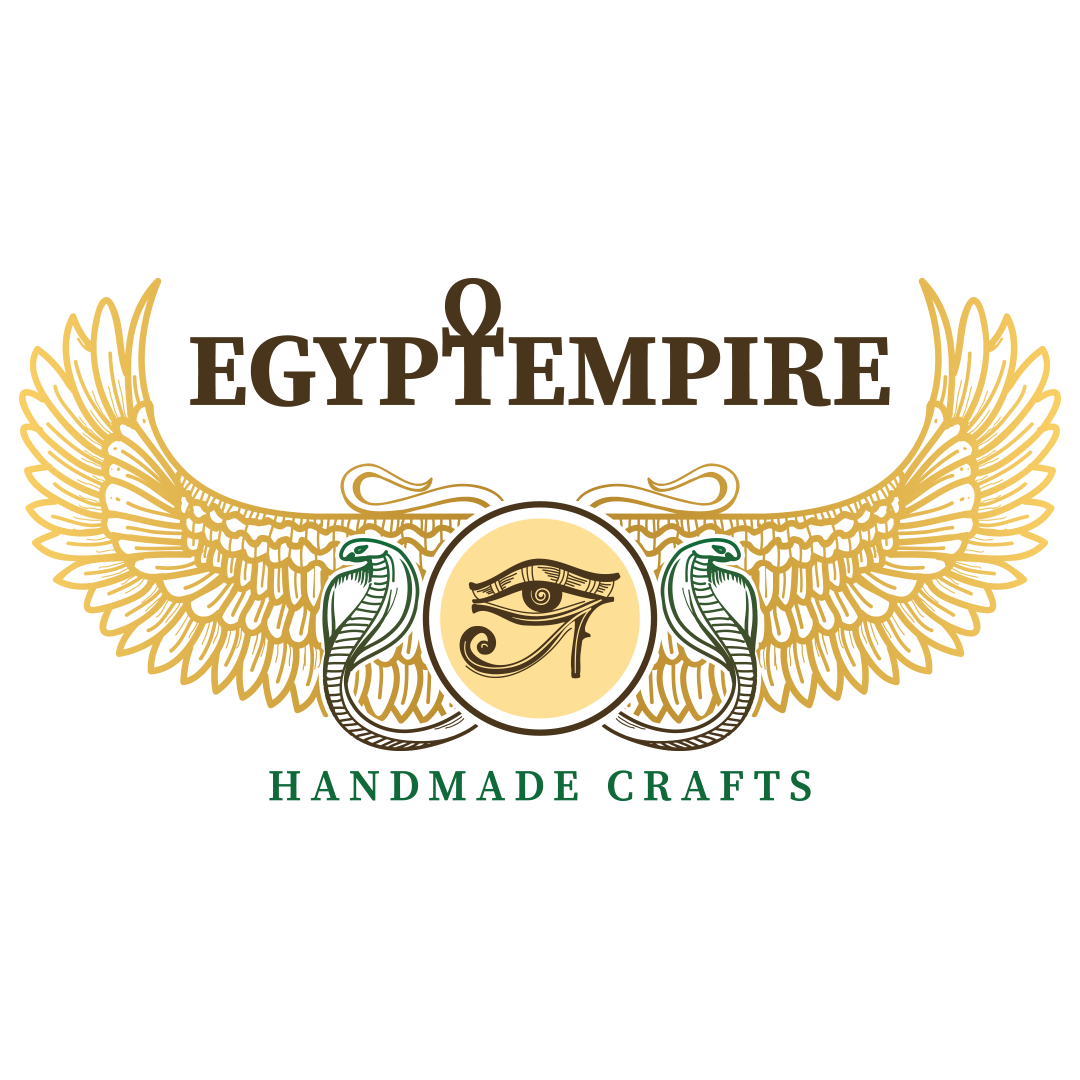EgyptEmpireshop
Seated Anubis shrine in Tut Ankk Amon tomb, 12" x 8" Handmade, Hand painted Egypt Papyrus, Frameable
Seated Anubis shrine in Tut Ankk Amon tomb, 12" x 8" Handmade, Hand painted Egypt Papyrus, Frameable
Couldn't load pickup availability
The Anubis Shrine was part of the burial equipment of the 18th Dynasty pharaoh Tutankhamun, whose tomb in the Valley of the Kings was discovered almost intact in 1922 by Egyptologists led by Howard Carter. Today the object, with the find number 261, is on display at the Egyptian Museum in Cairo. The statue of Anubis, depicted in animal form as a recumbent jackal, is attached to the roof of the shrine. The statue is made of wood, covered with black paint. The insides of the ears, eyebrows, rims of the eyes, collar, and the band knotted around the neck are worked in gold leaf. The eyes are inlaid in gold; the whites of the eyes are made from calcite and the pupils from obsidian.
Anubis was a jackal-headed deity who presided over the embalming process and accompanied dead kings in the afterworld. When kings or ordinary people were being judged by Osiris, Anubis placed their hearts on one side of a scale and a feather (representing Maat) on the other. The god Thoth recorded the results, which indicated whether the king could enter the afterworld. Anubis is the son of Osiris and Nephthys.



-
Free Shipping
Buy with over USD 40 and enjoy free shipping.
-
Hassle-Free Exchanges
Pair text with an image to focus on your chosen product, collection, or blog post. Add details on availability, style, or even provide a review.



